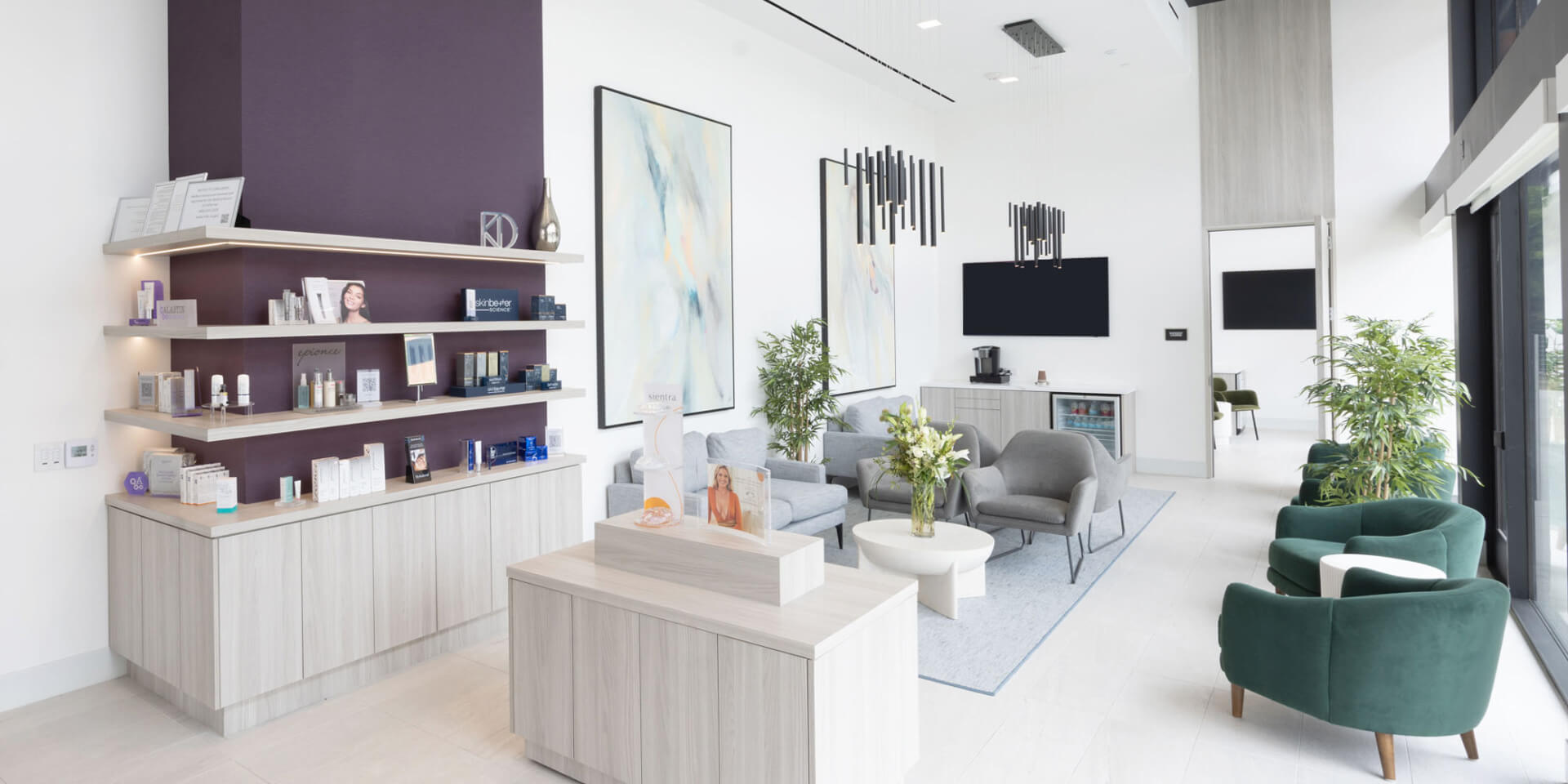“Design is the fundamental soul of a human-made creation.” – Steve Jobs
When it comes to healthcare, the focus has traditionally been on advanced medical technology, cutting-edge treatments, and skilled healthcare professionals. However, there is a growing recognition that the physical environment in which patients receive care plays a crucial role in their overall well-being and recovery. The concept of medical interior design has emerged as a powerful strategy in creating spaces that positively impact patients, families, and healthcare providers. By thoughtfully designing healthcare facilities, we have the potential to transform lives and enhance the healing process. In this blog, we explore the remarkable ways in which medical interior design can improve patient outcomes and revolutionize the healthcare experience.
Promoting a Sense of Calm and Comfort
The sterile and clinical environments commonly associated with medical spaces can be intimidating and stressful for patients. Medical interior design seeks to change this by creating spaces that promote a sense of calm and comfort. Soft lighting, soothing color schemes, and natural elements such as indoor plants can significantly reduce patient anxiety. Integrating comfortable furniture, artwork, and amenities further contribute to a welcoming atmosphere that eases patients’ minds and supports their healing journey.
Enhancing Patient Privacy and Dignity
Respecting patient privacy and preserving their dignity are fundamental principles of healthcare. Medical interior design takes these principles to heart by incorporating features that ensure a discreet and respectful environment. Strategically placed curtains, soundproofing materials, and private consultation rooms contribute to increased confidentiality. Thoughtfully designed patient rooms with individual spaces and personal amenities foster a sense of control and dignity, promoting a positive patient experience.
Optimizing Functionality and Efficiency
Well-designed medical spaces not only benefit patients but also healthcare providers. Efficient workflow and optimized functionality allow medical professionals to deliver care more effectively. Medical interior design considers the needs of different medical specialties, providing well-organized workstations, easy access to supplies, and streamlined patient flow. By reducing physical and logistical barriers, medical professionals can focus more on providing quality care, resulting in improved outcomes and patient satisfaction.
Incorporating Healing and Therapeutic Design Touchpoints
Medical interior design has the power to go beyond aesthetics and incorporate healing and therapeutic designs elements. Integrating natural light, views of nature, and outdoor spaces can have a profound impact on patients’ mental and physical well-being. Art installations, soothing music, and interactive displays can distract and engage patients, reducing pain perception and anxiety levels. In this way, medical interior design transforms healthcare facilities into healing environments that support the body, mind, and spirit.
Promoting Safety and Infection Control
Creating a safe and hygienic environment is of utmost importance in healthcare settings. Medical interior design plays a crucial role in promoting safety and infection control. The use of antimicrobial materials, easy-to-clean surfaces, and effective ventilation systems help reduce the risk of healthcare-associated infections. Thoughtful layout designs that minimize cross-contamination and promote hand hygiene practices contribute to a safer environment for patients and staff.
As we move towards a more patient-centered approach in healthcare, the significance of medical interior design cannot be overstated. By transforming traditional healthcare spaces into supportive and healing environments, we can enhance the well-being and outcomes of patients, families, and healthcare providers alike. From creating calming atmospheres to optimizing functionality, medical interior design holds the potential to revolutionize the healthcare experience. It is a powerful tool that harnesses the therapeutic power of design to transform lives and pave the way for a brighter future in healthcare.
Medical interior design is a powerful tool that has the potential to transform people’s lives within healthcare settings. It is an investment that will deliver so much value for practice owners from delivering an outstanding patient experience through Medical Interiors and building an intentional practice that achieves all their business goals.
Are you an interior designer or architect that’s looking into venturing into medical interior design? Then here’s your perfect chance! Join us for The Medical Interior Design Masterclass with our Founder and CEO, Mitra Silva on July 27, 2023 at 8AM PT.
Sign up now so you can avail our Early Registration discount by clicking the link here. In this 1-hour virtual masterclass, we will share our Top 5 key pillars for designing medical spaces, case studies and success stories from our successful projects, a step-by step guide for the design process, and a special Q&A with Mitra. There’s so much value and insights to be gained at this Masterclass and we’d love to see you there! Don’t miss out on this event, register here.




